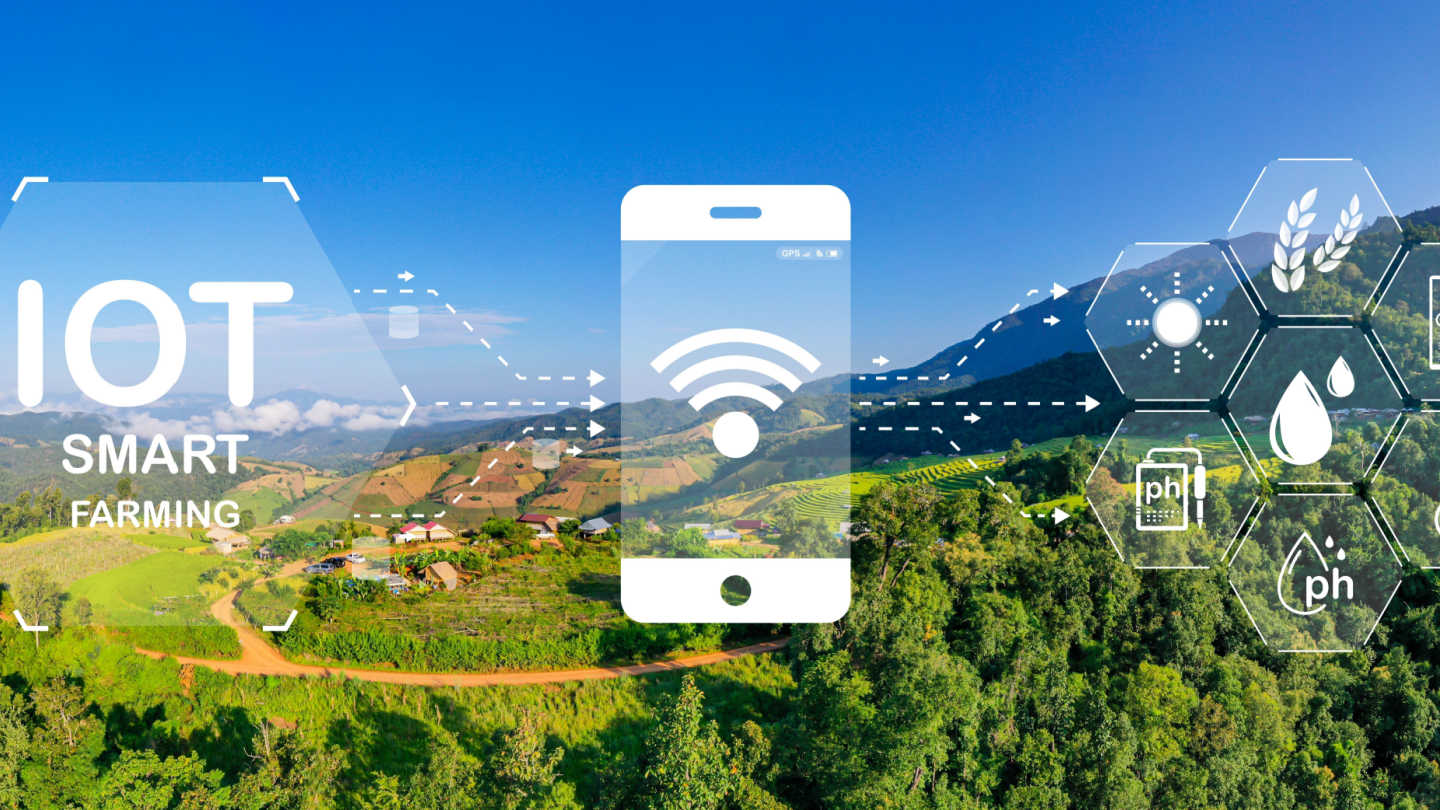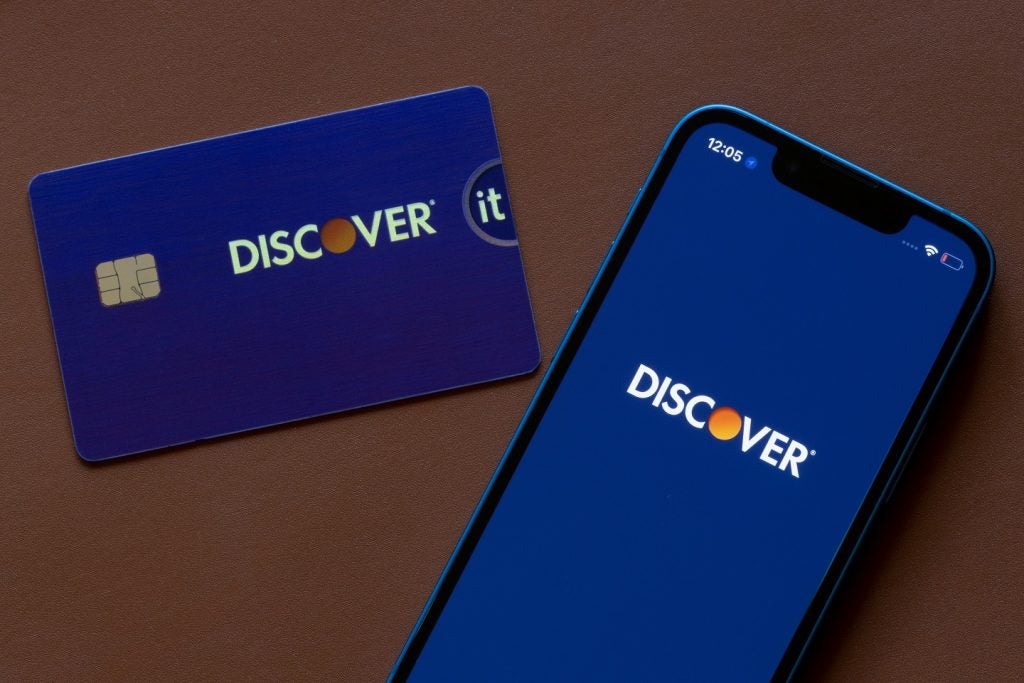
As a marketing term, “Reduced Capability” (RedCap) technology may not sound inherently enticing. But the technology is designed to help bring to life a diverse array of Internet-of-Things use cases that could bring much-needed monetization possibilities to 5G networks.
RedCap, is useful in addressing use cases that don’t necessarily need high throughput of transmission power but often need long battery life and cost-efficiency. Think of agricultural sensors that report on crop height, rain or other factors; they don’t need much bandwidth to report information, but they need to stay in the field for long periods of time without failure or maintenance, and they need to be inexpensive. Another potential example: sensors at industrial sites that monitor the performance or integrity of equipment – or trigger security alarms in the case of breaches. Or wearable medical devices that report health information.
RedCap and 5G-Advanced
RedCap technology helps use cases in multiple ways, including increasing device battery life – in some cases from weeks or months to years – and reducing the cost and complexity of solutions to an extent that makes the business case for these applications feasible.
RedCap is already included in 5G technology standards (3GPP Release 17), but it will be enhanced in Release 18, also known as 5G-Advanced, which is expected to be completed this year. For example, 5G-Advanced is expected to include positioning (location-pinpointing) capabilities, greater support for industrial wireless sensor networks (IWSN), smart watches, glasses, and other wearable devices as well as greater support for dedicated sub-5 MHz frequency bands aimed at utilities and public safety use cases.
Developing a reduced capability ecosystem
Commercialization of this new stage of the technology is already advancing. This week, Ericsson announced its new Reduced Capability solution will be available in November as a software addition to 5G standalone networks.
Of course, to be useful, RedCap technology must also be supported by a broad and diverse ecosystem of devices – an ecosystem that is currently relatively narrow; but the number of commercial devices that support RedCap is expected to multiply rapidly this year as 5G-Advanced standards are finalized and 5G-Advanced chipsets start to emerge.
How well do you really know your competitors?
Access the most comprehensive Company Profiles on the market, powered by GlobalData. Save hours of research. Gain competitive edge.

Thank you!
Your download email will arrive shortly
Not ready to buy yet? Download a free sample
We are confident about the unique quality of our Company Profiles. However, we want you to make the most beneficial decision for your business, so we offer a free sample that you can download by submitting the below form
By GlobalDataIn addition, tackling these use cases will require operators to understand how to transform the operations of an array of enterprise verticals; that task has long proven challenging for a community of companies whose businesses have historically been dominated by consumer mobile broadband.
However, Ericsson’s move this week is another sign that stakeholders in this ecosystem are investing in making 5G-Advanced RedCap a commercial reality. That will be welcome news to a world of operators looking to further monetize their existing 5G networks.





